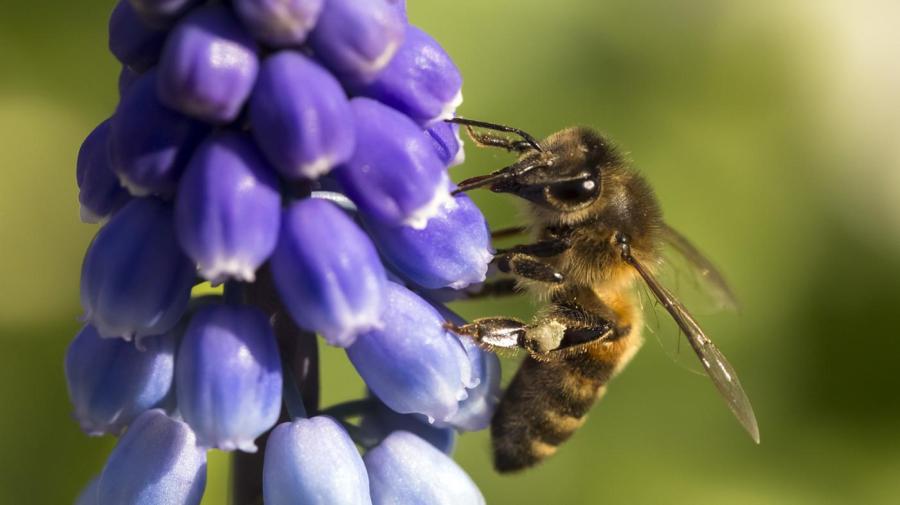What Are the Advantages and Disadvantages of Cross Pollination?

There are many advantages and disadvantages of cross pollination in plants. One such advantage is adding genetic diversity to the species. However, for someone who wants to protect the purity of the plant’s genetic pool, than this can be a disadvantage as well.
Cross pollination is one way in which plants reproduce. There are many advantages to this method, the foremost is introducing genetic diversity to the plant, which keeps is resistant to disease. According to How Stuff Works, cross pollination is necessary to produce hybrid plants and flowers, which keeps the species strong.
Of course, there are also many disadvantages to cross pollination. For one, Diffen points out that it prevents uniform progeny and the purity of the genetic pool. It is also hard to guarantee cross pollination. In some cases this means that there is too much distance between plants or not enough pollinators, like bees or other insects, to do the job.
Some plants, such as willows, have to be cross-pollinated because the male and female flowers are not on the same plants. In tropical regions, cross pollination occurs via hummingbird, rodents, bats and even lemurs. Occasionally snails act as cross pollinators. Some plants are pollinated by water and wind.





